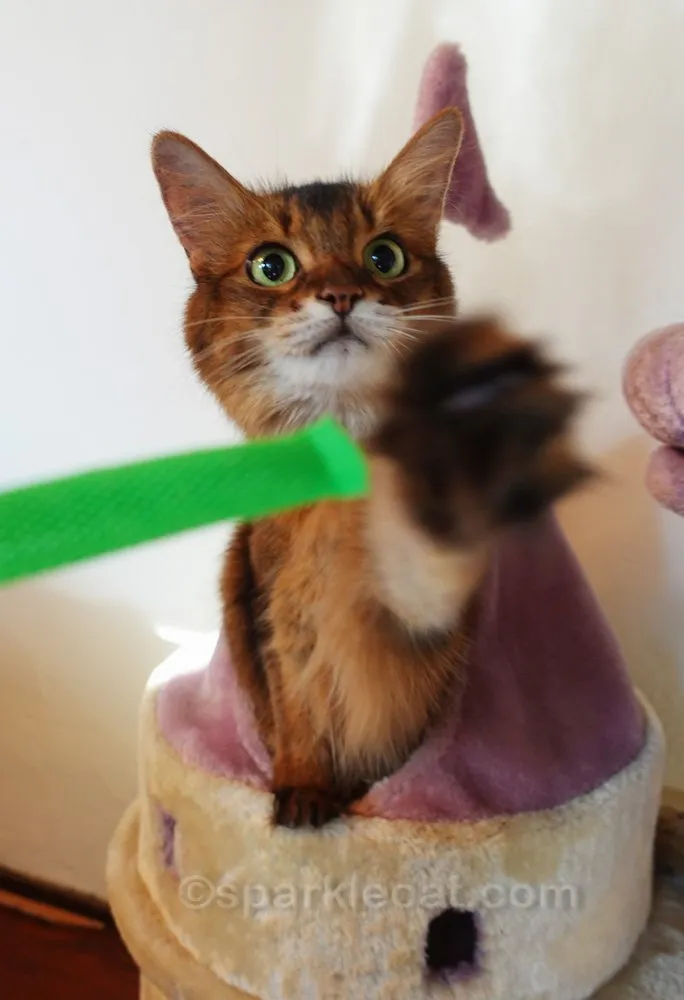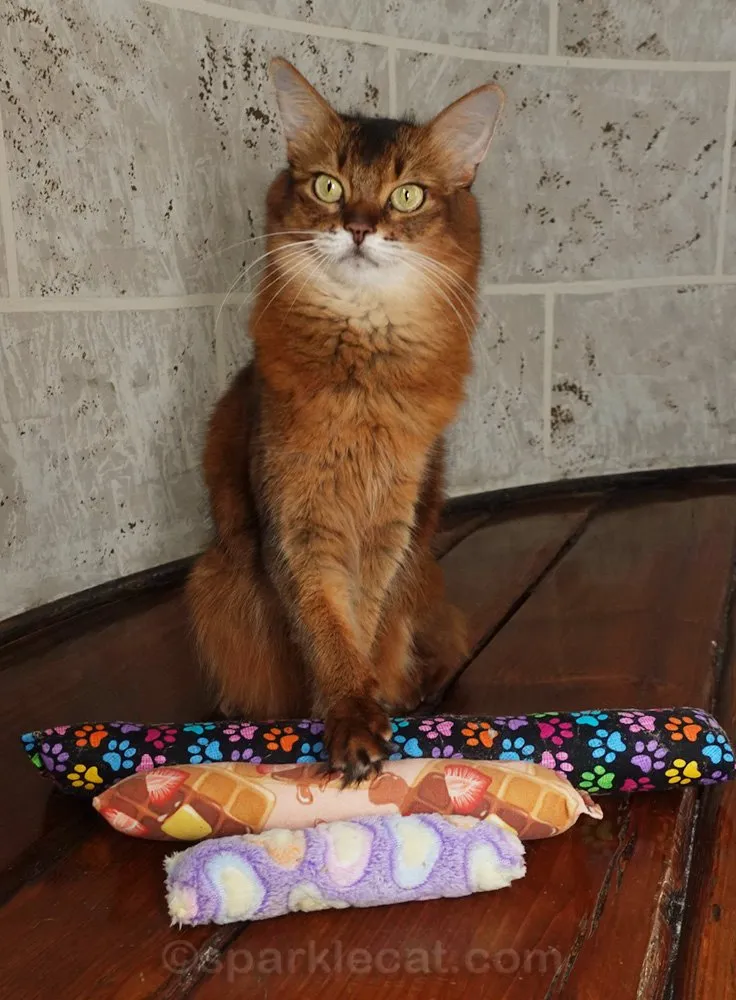Play aggression in cats is a common issue that can turn fun interactions into painful scratches or bites. If your feline friend suddenly lunges at your ankles, grabs your hand with claws out, or seems overly intense during playtime, you’re not alone. Many cat owners experience this behavior, especially with kittens raised without siblings or those inadvertently encouraged by roughhousing humans. Understanding the root causes and implementing simple strategies can help curb play aggression in cats, fostering a safer, more enjoyable bond with your pet.
Cats learn play etiquette early on, often from littermates who set boundaries through gentle corrections. However, single kittens weaned too early or hand-raised may miss these lessons, leading to overly rough play later. Once home, human habits can reinforce bad behaviors—like using fingers as toys—escalating the problem. For instance, behaviors mimicking fights among cats, such as cat biting neck of other cat, can spill over into interactions with owners if not addressed.
Why Play Aggression Develops in Cats
Despite domestication, cats retain strong hunting instincts, viewing play as practice for stalking and capturing prey. This explains why they pounce on moving feet or hands, simulating a chase. Without guidance, they don’t distinguish between toys and human skin. Kittens with siblings naturally self-regulate: a too-hard bite prompts a swat or yelp from playmates, teaching restraint. Orphaned or early-weaned cats lack this feedback, arriving in homes prone to excess force.
Environmental factors play a role too. Boredom or insufficient stimulation amplifies aggression, as pent-up energy seeks an outlet. According to veterinary behaviorists from the American Association of Feline Practitioners (AAFP), consistent play routines mimicking hunt sequences—stalk, pounce, kill—help channel instincts appropriately. My own experience with cats confirms this: redirecting energy to toys reduced incidents dramatically within weeks.
 Does your cat plays too rough? Here are some ways to fix play aggression that will build a much better relationship with your kitty.
Does your cat plays too rough? Here are some ways to fix play aggression that will build a much better relationship with your kitty.
Playtime Rules: Teaching Your Cat Gentle Behavior
Establishing ground rules from day one prevents escalation. Here’s how to guide your cat toward appropriate play.
1. Never Use Your Hands or Body as Toys
Hand wrestling invites bites and scratches, risking infections from deep punctures. Cats can’t differentiate; to them, your flailing fingers are prey. Instead, opt for wand toys, laser pointers, or daisy chains that keep hands at a distance. Sessions of 10-15 minutes twice daily exhaust hunting urges safely. Catnip-infused kickers allow solo play, releasing aggression without involving you. Toys must remain “prey,” not extensions of you—discard used ones periodically to refresh interest.
2. Avoid Physical Punishment
Swatting or yelling registers as threats, heightening arousal and eroding trust. Cats in “hunt mode” may retaliate, worsening the cycle. If latched on, stay calm: slowly press toward their mouth to trigger release (mimicking prey fight-back). End the session silently by walking away, denying reaction. Consistency rebuilds positive associations over time.
3. Handle Ambush Attacks
Leg ambushes during walks mimic wild stalks. Freeze, gently push the limb forward for release, then remain still until interest fades. Carry treats or small toys to redirect—toss one as a decoy. Over time, this extinguishes the habit by removing rewards.
Play aggression often resembles territorial spats, like two cats fighting, but stems from redirected prey drive.
 Somali cat checking out interactive cat toy
Somali cat checking out interactive cat toy
Recognizing Signs of Play Aggression
Spot early cues to intervene before escalation:
- Dilated pupils with a “wild-eyed” stare
- Flattened ears or pinned back
- Tail thrashing violently
- Growling, hissing, or chattering
- Rippling skin or piloerection (hair standing up along back)
These indicate over-arousal. Disengage immediately, dim lights, and provide a quiet retreat. Chronic signs warrant a vet check for pain or stress, as per ASPCA guidelines.
 Somali cat posing with some cat toy kickers
Somali cat posing with some cat toy kickers
Boost Stimulation to Prevent Boredom
Understimulated cats amplify rough play. Aim for dawn/dusk sessions when active, using varied toys. Mental enrichment—like puzzle feeders, clicker training for “sit” or “high-five”—builds confidence and focus. Rotate toys weekly for novelty. Multi-cat homes may see redirected aggression, akin to cat and dog play fighting, so supervise interspecies romps.
Veterinarians emphasize 20-30 minutes daily of interactive play reduces issues by 70%, per studies in the Journal of Feline Medicine and Surgery. Enrich environments with perches, tunnels, and window seats for self-entertainment.
In summary, fixing play aggression in cats requires patience, redirection, and routine. Ditch hand play, ignore bad episodes, recognize triggers, and amp up stimulation for a harmonious home. Consult a vet or certified behaviorist for persistent cases—early intervention ensures a loving companion. Explore more cat care tips on our site for healthier, happier pets!
References
- American Association of Feline Practitioners (AAFP): Feline Behavior Guidelines
- ASPCA: Understanding Feline Aggression
- Journal of Feline Medicine and Surgery: Play Behavior Studies
